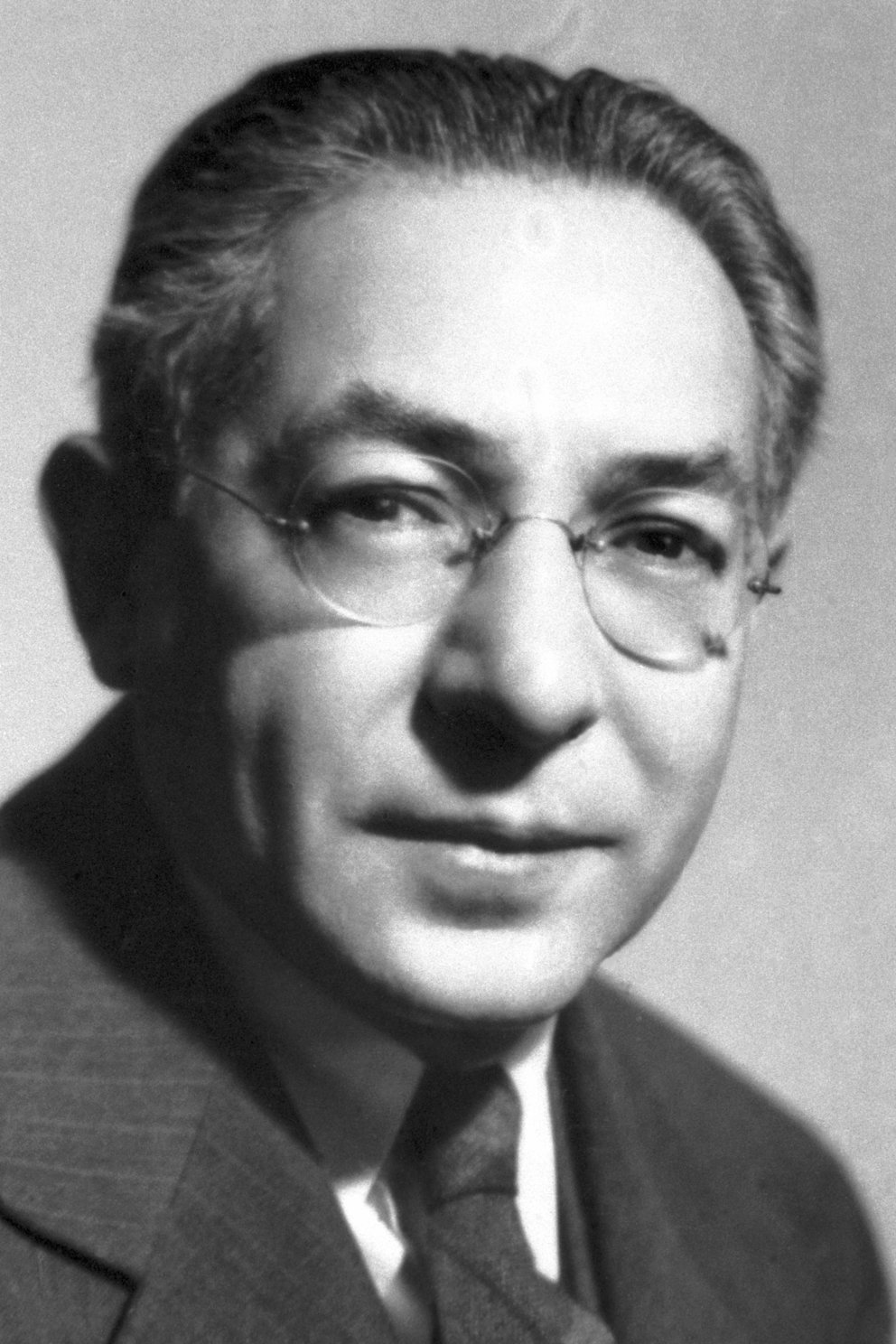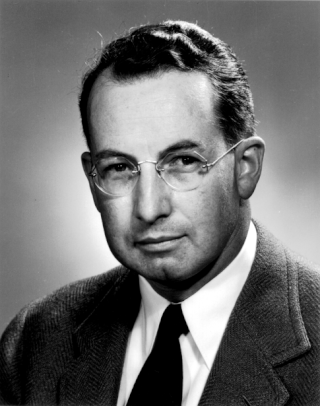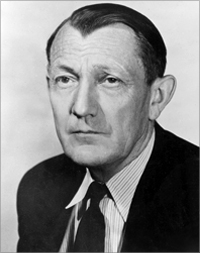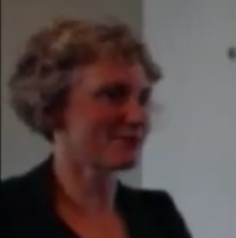
Quantum mechanics is a fundamental theory in physics that describes the behavior of nature at and below the scale of atoms. It is the foundation of all quantum physics including quantum chemistry, quantum field theory, quantum technology, and quantum information science.

Isidor Isaac Rabi was an American physicist who won the Nobel Prize in Physics in 1944 for his discovery of nuclear magnetic resonance, which is used in magnetic resonance imaging. He was also one of the first scientists in the United States to work on the cavity magnetron, which is used in microwave radar and microwave ovens.

Charles Hard Townes was an American physicist. Townes worked on the theory and application of the maser, for which he obtained the fundamental patent, and other work in quantum electronics associated with both maser and laser devices. He shared the 1964 Nobel Prize in Physics with Nikolay Basov and Alexander Prokhorov. Townes was an adviser to the United States Government, meeting every US president from Harry S. Truman (1945) to Bill Clinton (1999).

John Hasbrouck Van Vleck was an American physicist and mathematician. He was co-awarded the Nobel Prize in Physics in 1977, for his contributions to the understanding of the behavior of electronic magnetism in solids.

William Alfred Fowler (August 9, 1911 – March 14, 1995) was an American nuclear physicist, later astrophysicist, who, with Subrahmanyan Chandrasekhar, was awarded the 1983 Nobel Prize in Physics. He is known for his theoretical and experimental research into nuclear reactions within stars and the energy elements produced in the process and was one of the authors of the influential B2FH paper.

David Orlin Hestenes is a theoretical physicist and science educator. He is best known as chief architect of geometric algebra as a unified language for mathematics and physics, and as founder of Modelling Instruction, a research-based program to reform K–12 Science, Technology, Engineering, and Mathematics (STEM) education.

Robert Fox Bacher was an American nuclear physicist and one of the leaders of the Manhattan Project. Born in Loudonville, Ohio, Bacher obtained his undergraduate degree and doctorate from the University of Michigan, writing his 1930 doctoral thesis under the supervision of Samuel Goudsmit on the Zeeman effect of the hyperfine structure of atomic levels. After graduate work at the California Institute of Technology (Caltech) and the Massachusetts Institute of Technology (MIT), he accepted a job at Columbia University. In 1935 he accepted an offer from Hans Bethe to work with him at Cornell University in Ithaca, New York. It was there that Bacher collaborated with Bethe on his book Nuclear Physics. A: Stationary States of Nuclei (1936), the first of three books that would become known as the "Bethe Bible".

Walter Heinrich Heitler was a German physicist who made contributions to quantum electrodynamics and quantum field theory. He brought chemistry under quantum mechanics through his theory of valence bonding.

Charles Christian Lauritsen was a Danish/American physicist.
Robert Karplus was a theoretical physicist and leader in the field of science education.

Robert M. Wald is an American theoretical physicist and professor at the University of Chicago. He studies general relativity, black holes, and quantum gravity and has written textbooks on these subjects.
Anthony Philip French was a British physicist. At the time of his death he was professor emeritus of physics at the Massachusetts Institute of Technology.
Richard Lawrence Liboff was an American physicist who authored five books and over 100 other publications in variety of fields, including plasma physics, planetary physics, cosmology, quantum chaos, and quantum billiards.
Henry Herman ("Heinz") Barschall was a German-American physicist.
Eugen Merzbacher was an American physicist.
Charles Kittel was an American physicist. He was a professor at University of California, Berkeley from 1951 and was professor emeritus from 1978 until his death.
The Radio Research Laboratory (RRL), located on the campus of Harvard University, was an 800-person secret research laboratory during World War II. Under the U.S. Office of Scientific Research and Development (OSRD), it was a spinoff of the Radiation Laboratory (Rad Lab) at MIT, and set up to develop electronic countermeasures to enemy radars and communications, as well as electronic counter-countermeasures (ECCM) to circumvent enemy ECM. The RRL was directed by Frederick E. Terman and operated between 1942 and 1946.
Edwin Floriman Taylor is an American physicist known for his contributions to the teaching of physics. Taylor was editor of the American Journal of Physics, and is author of several introductory books to physics. In 1998 he was awarded the Oersted Medal for his contributions to the teaching of physics.

James H. Coon physicist at Los Alamos Scientific Laboratory, made significant contributions to the science and study of neutron interactions. He worked on the Vera satellite project.

Beth Parks is an American physicist. She is a professor in the Department of Physics and Astronomy at Colgate University. She serves as the editor-in-chief of the American Journal of Physics. In addition to her research, Parks supports physics education through multiple channels.












